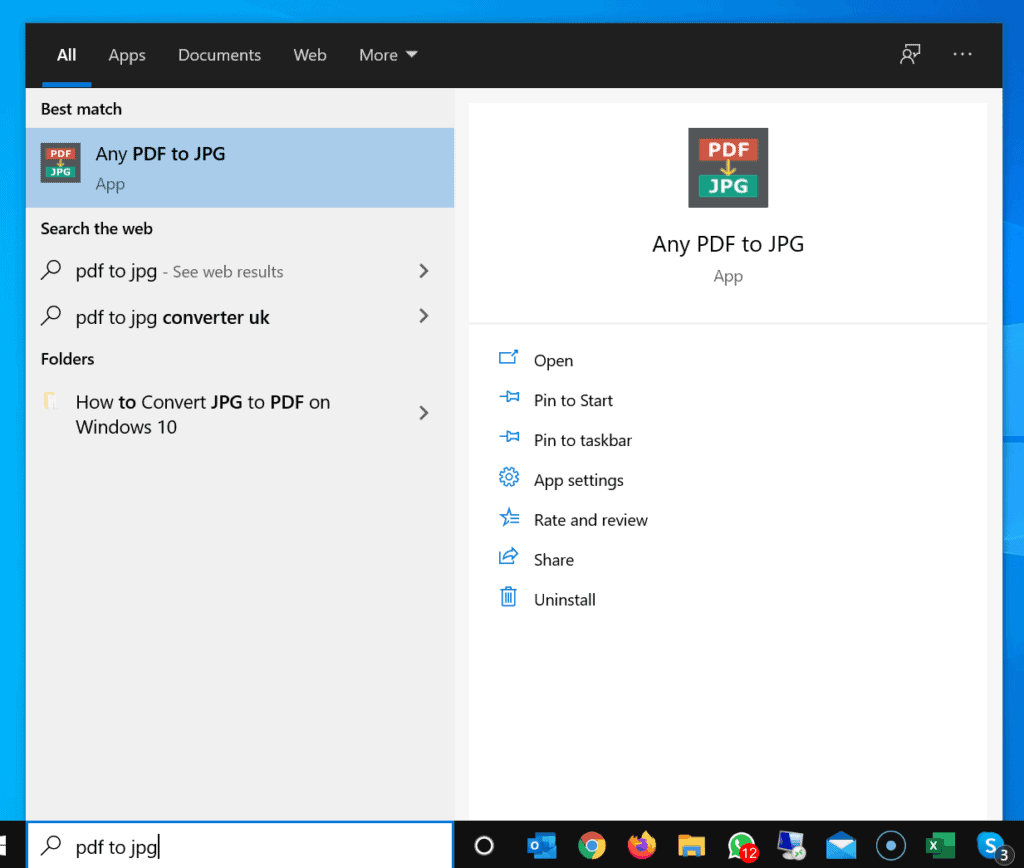



Specifically if your working with steel, the boning will move around and be a pain so it’s better to do it as you go. I suggest doing this straight after inserting each piece of boning, rather than doing it all at the end. Once the boning is inserted you can sew over the opening and seal the boning in. If you’re unsure of how to do this or want visuals check out my Crinoline Post where I explain my technique. As I had to use flat steel instead of the synthetic whalebone like I had planned I ‘capped’ both ends of the boning with electric tape so the sharp ends would not pierce through the cotton. Next I prepared the boning I was using and cut it into the lengths fit for the boning channels. If done right there should be small holes in the seams that open to the channels allowing for you to inset boning. Repeat this process on the other side just this time stop and start sewing making sure to miss sewing over the channels (this will leave them open). Next I got the square pattern piece and sewd one side to the main piece, sewing over the boning channels (this will close them off on one side). I then ironed everything over making sure to press where the twill tape was sewn just to make sure all of this ink would disappear. It’s also important to note when sewing the top and bottom edges of the tape to get as close to the edge as possible, this keeps the channel as wide as possible making it easier to pass boning through it. Remember do NOT sew the ends off and this is where boning will be inserted. Pin it in place and then sew the top an bottom edge of the tape. Next is to sew the boning channels! I aligned the twill tape it so the top edge meets with the boning channel line. This will get ironed eventually after the next step! I’m lazy so I drew my channels and then ironed but left an awkward channel down the middle un-ironed. Alternatively you can iron your fabric first and then draw the channels, just remember that ironing over the ink will cause it to disappear and if your iron is on steam nowhere is safe. I marked these on my pattern so it was easy to mark the end of the channel and then draw a line connecting these marks.

Next I used my heat removal fabric pen and marked out the boning channels on the TOP fabric side. This is all circumstantial and is something to be considered in your personal project. And as I was a competitive swimmer during my childhood I consequently have broad shoulders so the size adjustment (though it may only be tiny) seamed to be a good idea. While doing research I found that pocket hoops were made larger for women with broader shoulders as to keep proportions in check. As it was my first time scaling a pattern like this I wanted room for error so I could fix mistakes, adding the inch would also enlarge the pattern slightly which was a plus for historical reasons. I decided to add an inch onto each pattern piece, this is optional but I did it for a few reasons. I then pinned these patterns onto my cotton, as you need two of each pattern make sure to fold your fabric and save time cutting out. I started off by scaling the pattern up to the size referenced in Corsets and Crinolines, which luckily didn’t take as long as I had imagined it would. General sewing notions, scissors, pins, ruler etc….2 meters of white inch wide bias binding.Heat removal fabric pen ‘friction pen’ in contrasting colour.Rigilene boning is not suitable for this project. I used plastic covered flat steel as I didn’t have enough synthetic whalebone. The materials I used for this project are as follows, The pattern I’m using to make the pocket hoops is from Norah Waugh’s ‘Corsets and Crinolines’, this was my first time using a Waugh pattern and also my first time scaling a pattern up successfully! These foundation garments are made up from a pair of stays, chemise and the pocket hoops which I’ll talk about now! October was the month I spent making 18th century foundation garments.


 0 kommentar(er)
0 kommentar(er)
